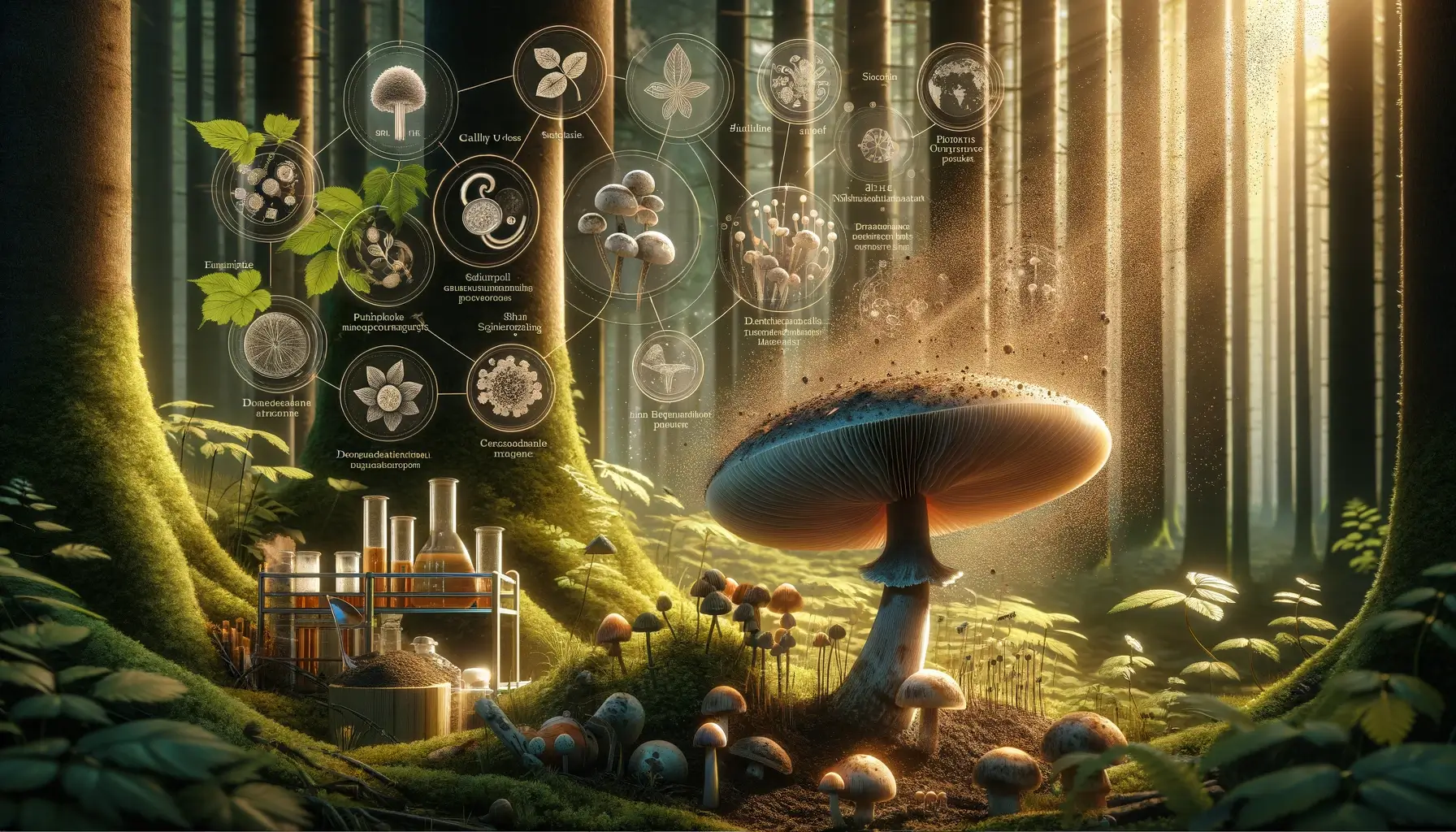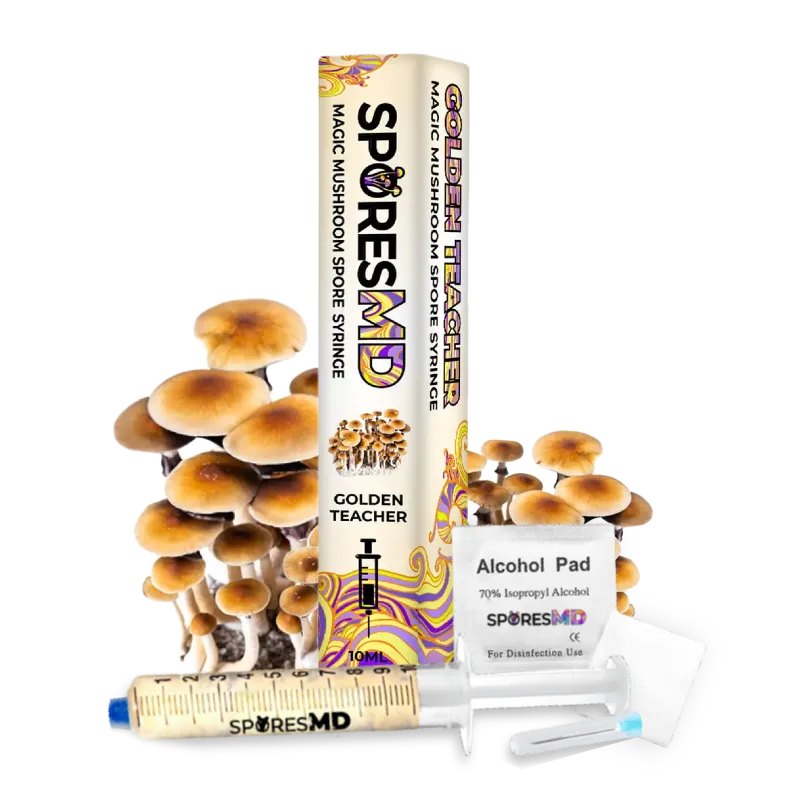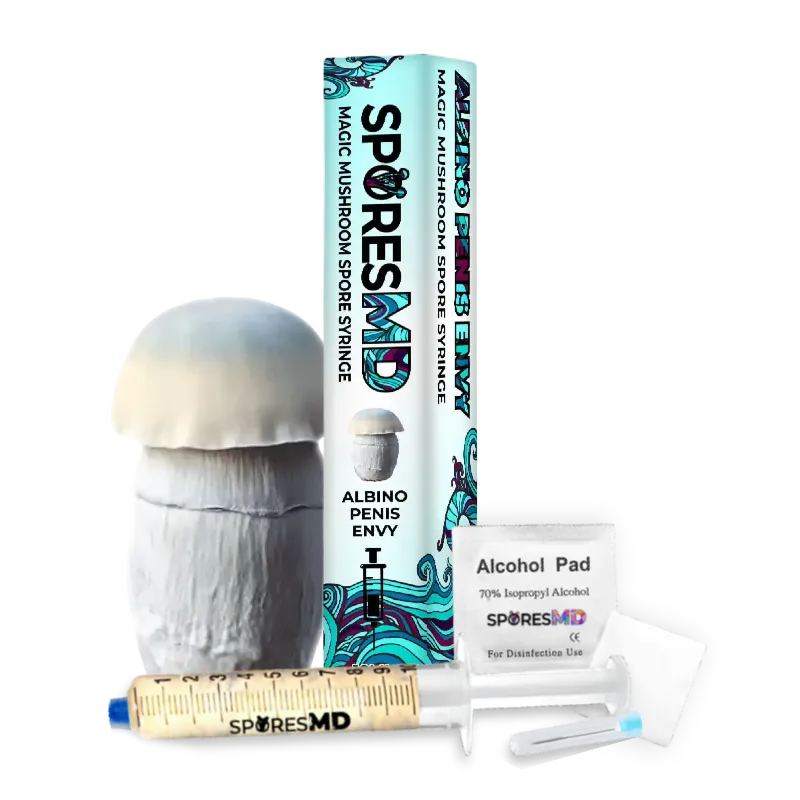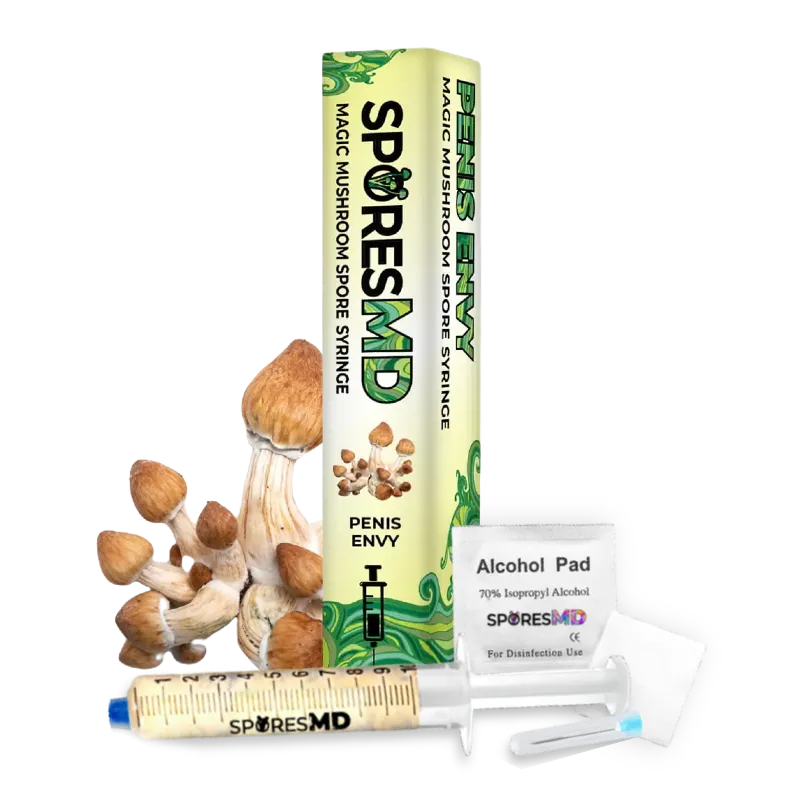Mushroom spores are fascinating. They’re tiny, yet powerful. You can use them for identification, cultivation, and research.
For mushroom enthusiasts, spores are essential. They help you determine the species by revealing unique colors and patterns. This can be crucial when foraging, as some mushrooms look alike but have different spore prints.
Cultivators also rely on spores. They use spore prints to start new growth, leading to the formation of mycelium. Whether you’re a forager or a grower, understanding mushroom spores opens up a world of possibilities.
Key Takeaways
- Mushroom spores are essential for identification, cultivation, and research: Spores help differentiate species through unique prints and initiate mushroom growth, making them key for both foragers and cultivators.
- Composition and lifecycle: Mushroom spores contain genetic material and nutrition reserves, facilitating their dispersal, germination, hyphal fusion, and the formation of mycelium, which eventually produces new mushrooms.
- Ecosystem and genetic diversity roles: Spores contribute to nutrient cycling, soil health, and biodiversity. They help maintain ecological balance and ensure genetic diversity, aiding fungi adaptation.
- Practical applications: Mushroom spores are used for species identification through spore prints, mushroom cultivation using various methods, and artistic creation. This versatility broadens their practical uses in different fields.
- Health and safety concerns: Handling spores can pose health risks such as respiratory issues and skin irritation. Additionally, legal and ethical considerations vary, making it essential to comply with local regulations and use spores responsibly.
Understanding Mushroom Spores
Mushroom spores are tiny, reproductive cells that play a crucial role in the life cycle of fungi. These microscopic particles are essential for the growth and spread of mushrooms, forming the basis of new mycelial colonies.
Definition and Composition
Mushroom spores are akin to plant seeds but are unique to fungi. They contain the genetic material needed to produce new fungal organisms. Spores are formed within the gills, pores, or other structures under the mushroom cap. Mature mushrooms release these spores into the environment, where they disperse through wind, water, insects, or animals.
Composition:
- Genetic Material: Spores carry the DNA required for new fungal growth.
- Outer Layer: Composed of chitin, providing resistance to harsh environmental conditions.
- Nutrition Reserves: Essential for initial growth until the spore finds a suitable environment.
The Lifecycle of a Mushroom Spore
The lifecycle of a mushroom begins with spores that disseminate through the air, landing in a suitable habitat to germinate.
- Spore Dispersal: Spores are released into the environment and dispersed by wind, water, or animals, seeking a hospitable place.
- Germination: Once they find a moist setting rich in organic material, spores germinate, forming a network of thread-like hyphae.
- Hyphal Fusion: Opposite types of hyphae meet and fuse, creating a new mycelium, which eventually develops into a fruiting body.
For a comprehensive look at mushroom life cycles, see how mushrooms reproduce at GroCycle.
Understanding these processes aids enthusiasts and cultivators in optimizing mushroom growth. For purchasing spores and learning more, refer to SporesMD and their mushroom spore syringes shop.
Functions of Mushroom Spores in Nature
Mushroom spores play crucial roles in the ecosystem and reproduction of fungi. Understanding these functions helps in both cultivation and ecological studies.
Ecosystem Roles
- Nutrient Cycling
Mushroom spores contribute to nutrient cycling by decomposing organic matter. Mycelium, the network created from spores, breaks down dead plants and animals, returning nutrients to the soil. - Soil Health
Spores help maintain soil health. They form associations with plant roots, improving water absorption and nutrient uptake. - Biodiversity Support
Spores increase biodiversity. They support various fungi species, which in turn support larger ecosystems by providing food for animals and insects.
- Spore Dispersal
Mushroom spores disperse through the air. Spores land on suitable substrates, enabling new mycelium growth. SporesMD offers high-quality spores perfect for cultivation. - Genetic Diversity
Spores enhance genetic diversity. Each spore carries different genetic material, ensuring varied offspring. This variation helps fungi adapt to changing environments. - Lifecycle Continuation
Spores ensure the lifecycle of the fungi. They withstand harsh conditions and germinate when conditions are favorable, allowing continuous growth and reproduction.
Practical Uses of Mushroom Spores
Mushroom spores have versatile applications. From spore prints to cultivation to art, their uses are vast.
Identification via Spore Prints
Determining a mushroom species often relies on spore prints. Collecting a spore print involves placing the mushroom cap on paper and allowing spores to fall, forming a print. Each species exhibits a unique spore color—brown, black, white, etc. Correct identification is crucial for safe foraging and scientific research.
Cultivation of Mushrooms
Spores are foundational in mushroom cultivation. They initiate the growth process and develop into mycelium, eventually producing mushrooms. Cultivators use mushroom spore syringes for inoculation. For high-quality spores, visit SporesMD. Cultivating mushrooms involves various methods like:
- Log cultivation
- Garden beds
- Containers
- Monotubs
- Grow tents
Artistic Applications
Spores inspire art. Artists create spore prints as unique, natural art pieces. The random patterns and colors offer a unique medium for creativity. Spore art can decorate homes, or be sold as unique, handcrafted items.
Explore these practical uses and elevate your understanding of mushroom spores. Whether for identification or art, their potential unfolds with each application.
Health and Safety Concerns
Mushroom spores, while useful, come with health and safety concerns. Understanding these risks ensures safe handling and ethical practices.
Potential Dangers of Handling Spores
Handling mushroom spores presents several hazards. Inhaling spores can cause respiratory issues. Even low spore concentrations in the air can trigger allergies, asthma, or other respiratory conditions, particularly in sensitive individuals (Lamb & Verlinde, 2011).
Other risks include skin irritation. Spores can cause dermatitis on contact, especially in individuals with pre-existing skin conditions. Use protective gear like gloves and masks to minimize exposure.
Legal and Ethical Considerations
Regulations around mushroom spores vary. In some regions, it’s legal to possess spores but illegal to cultivate them into psychoactive substances like psilocybin. Always check local laws before purchasing or handling spores.
Ethically, it’s essential to avoid distributing spores for illegal use. Spores should be used for scientific research, educational purposes, or culinary cultivation. Support ethical spore practices by purchasing from reputable sources, ensuring you comply with legal and ethical standards.
Conclusion
Understanding the multifaceted uses of mushroom spores can significantly enhance your appreciation and application of these fascinating organisms. Whether you’re identifying species cultivating mushrooms or creating art spores offer a world of possibilities. However it’s crucial to handle them with care and adhere to legal and ethical guidelines. By doing so you can explore the benefits of mushroom spores responsibly and safely.





